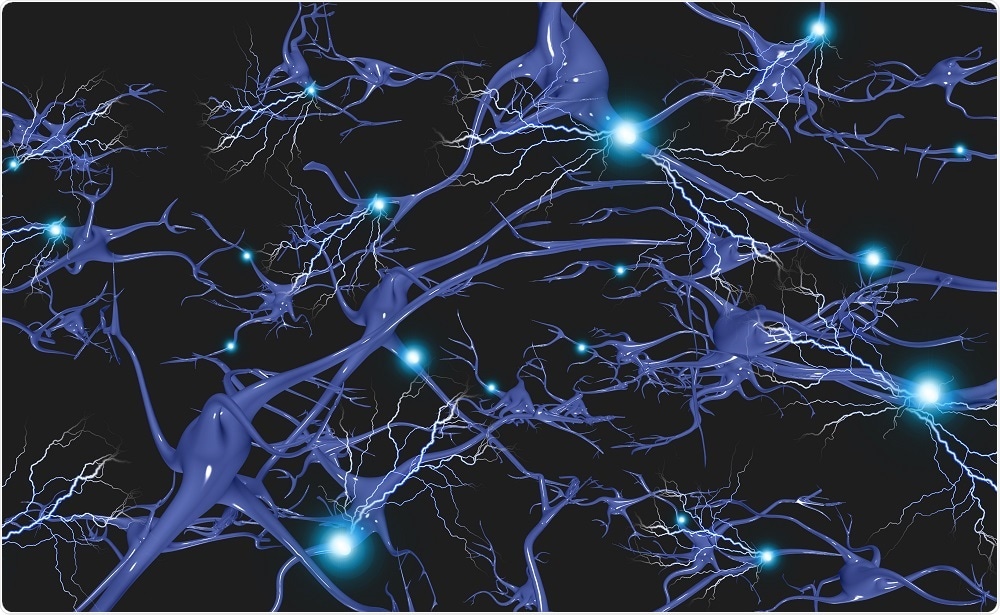Composite resins are the most popular filling material used to date. It is easy to use and aesthetically excellent as it can resemble the color of the original teeth with a variety of color choices and also a broad indication. However, composite resins have several disadvantages, such as shrinkage due to the polymerization process with light, which can result in leakage on the edge of restoration.
Back teeth (molars) composite restoration have a higher failure rate, secondary caries incidence, and a higher frequency of replacements. One of the most common causes (around 73.9%) of composite restoration damage is secondary caries. Secondary caries is defined as caries on the surface of the teeth that are in contact with the restoration material. Secondary caries can be found on the surface of the enamel around the restoration material or extends along the edges. The cause can be from edge leakage arising from poor edge restoration due to shrinkage of the material, causing tooth sensitivity after restoration and the entry of Streptococcus mutans bacteria. Shrinkage due to polymerization with light will compete with the strength of the composite adhesion to the tooth structure, so it causes loose bonding between the composite and the tooth structure and form a gap at the edge of the restoration. The gap can be an entry point for bacteria and eventually develop into secondary caries.
In deep cavity direct restoration, there are three main challenges, such as the limited depth of “curing light” to enter which causes limited thickness of the composite placement, shrinkage due to hardening reaction, and the creation of contact areas with adjacent teeth. When composites are placed deeper than the manufacturer’s recommendations, the polymerization will not be maximal. It will also cause more significant material shrinkage and increase the risk of secondary caries.
Bulk Fill Composite Resins and Incremental Layering Techniques
Nowadays, almost all composite resins available on the market have the basic shrinkage properties because its composition made from methacrylate. Various engineering modifications were investigated to avoid edge leakage due to the shrinkage. One of them is an incremental curing polymerization technique that can produce smaller edge leaks compared to single irradiation in conventional composite resins.
The development of dentistry material has given birth to a bulk fill methacrylate composite which is increasingly popular because it has specific characteristics, such as right consistency, good elasticity, smaller shrinkage, and allows the entry of light into the material to a 4 mm depth.
Bulk fill composite has higher filler composition (the mass fraction of filler 60.7 – 85.3%) with particle sizes varying from 0.04- 3 micrometers, so several studies classify it as nano-hybrid composite. Shrinkage on bulk fill composite resins can be reduced due to the addition of special materials.
There are two types of bulk fill composites, non-packable (Surefil SDR Flow, Dentsply Caulk; HyperFIL-DC Parkell; HeraeusKulzer Venus Bulk Fill), and packable (Ivoclar Vivadent Tetric Evo Ceram Bulk Fill; QuiXX, Dentsply Caulk / Dentsply International; Filtek Supreme Ultra Ultra, 3M ESPE; and Kerr Sonic Fill).
A packable bulk fill composite is placed at the bottom of the cavity as the dentin base replacement, and then on top of it, a composite is added as an enamel substitute. Meanwhile, packable bulk fill composites or also called non flowable have higher strength, but it has less adaptation to the wall of the cavity. Therefore, it is necessary to add a more “thinner” composite or ionomer resin liner to achieve better adaptation to the cavity wall.
This study uses an in vitro technique with premolar teeth that have been drilled as deep as 4 mm to simulate deep cavity. Then the restoration technique is divided into two, incremental (2 layers with a thickness of 2 mm per layer) and bulk fill (1 layer with a thickness of 4 mm). Leakage was examined with methylene blue, Penetration of methylene blue on the cavity wall was measured by the scoring method. The deeper the penetration of methylene blue, the higher the score so that the greater the shrinkage that occurs. The result showed incremental technique has a smaller score and is statistically significant compared to the bulk fill technique.
In this study, the use of incremental technique on packable bulk fill composites has succeeded in minimizing leakage on the edge. The application of this technique in daily dental practice will save dentists’ time in restoration because they only use one type of material. However, further research must be done to evaluate various aspects before being applied clinically, such as for its biocompatibility and physical properties.
Author: Nanik Zubaidah
Details of the research can be viewed at http://www.jidmr.com/journal/wp-content/uploads/2019/07/22_D18_742_Maria_Andisa_Mayangsari_Layout.pdf
Nanik Zubaidah, Maria Andisa Mayangsari, Mochamad Mudjiono (2019). Microleakage Difference between Bulk and Incremental Technique in Bulk Fill Resin Composite Restoration (In Vitro Study). Journal of International Dental and Medical Research 12(2):498-503.









